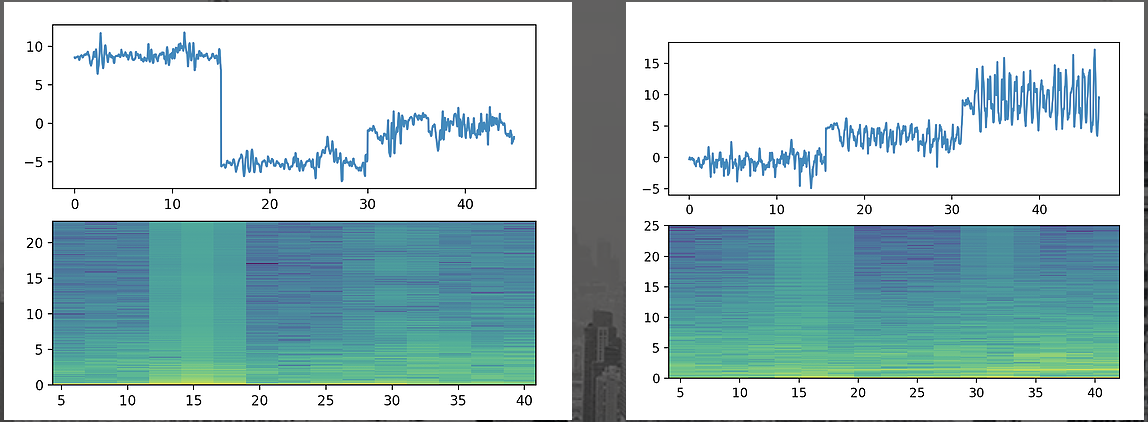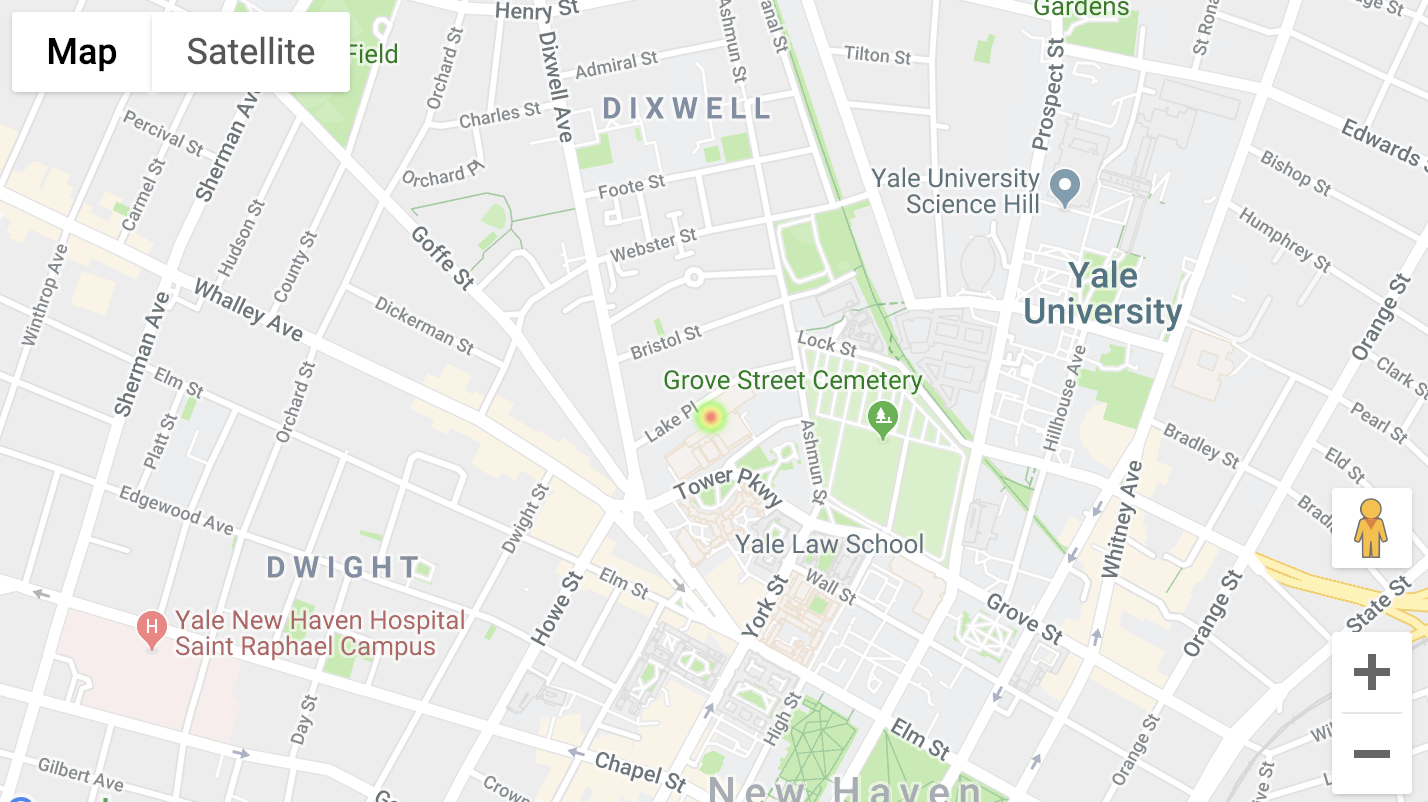An ML project to improve building accessibility
Published:
Improving Building accessibility
We saw and seeked to improve building accessibility within communities, primarily targetted towards the physically disabled. We wanted a solution that maximized the product’s outreach to the general community whilst minimizing its reliance on user input.
The Solution
Prior to a person’s arrival to a specfic destination, arrangements could be made to enable greater convenience. We seek to continuouosly utilize user data to update a heat map where color intensities represent specific areas of a building that pose obstacles. Relevant updates could also be made to ensure that the current data is representative of the building’s current architecture.
Processed accelerometer data

Utilizing accelerometer data readily collected from our mobile phones, the algorithms seeks to determine certain obstacles present in a building that could pose accessibility difficulties, such as the presence of stairs or the absence of ramps.
Heat Map

The corresponding red spot seen represents the main stairwell that lead to the event space for the Hackathon. We collected and processed accelerometer data obtained during the span of the hackathon, to prove the convenience and relevant ease of producing a product on data that could be easily collected.
The solution proved successful, achieving a high accuracy score when fed accelerometer data relating to stairs and walking on flat ground. We seek to extend this to other forms of travel and obstacles.
(still in progress!)
